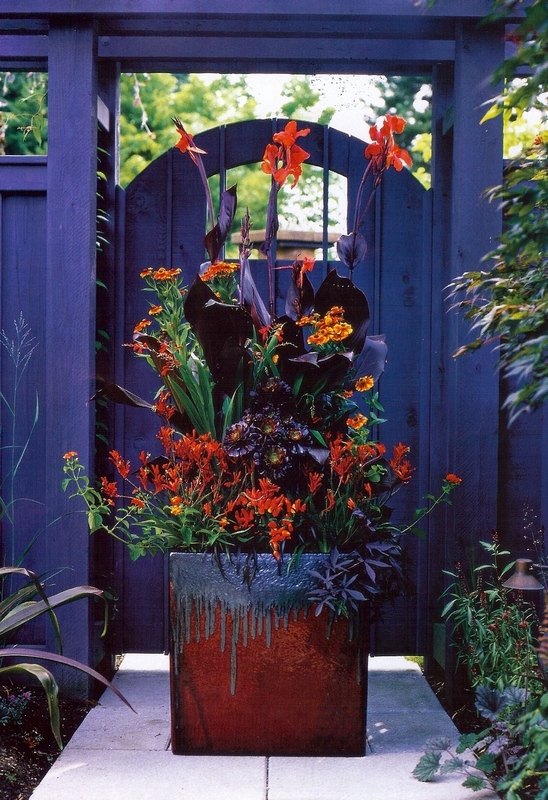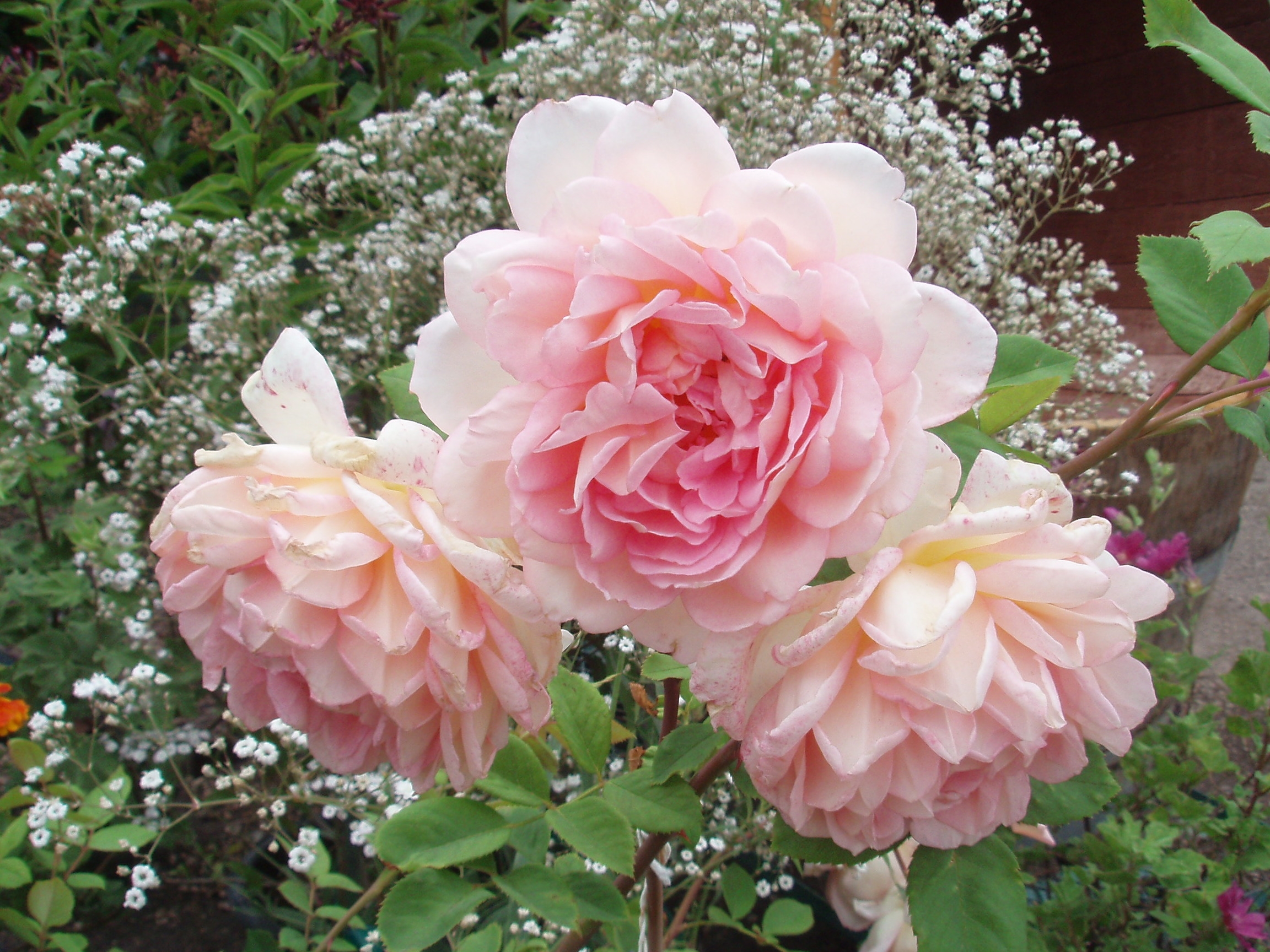
Despite how hot it’s been, the "dog days of summer" just came to an end August 11th. Where did this expression come from?
Some say it signifies hot sultry days not fit for a dog, but the dog days are defined as the period from July 3 through August 11 when the Dog Star, Sirius, rises in conjunction ( or nearly so ) with the sun. As a result, some felt the combination of the brightest luminary of the day (the sun) and and brightest star of the night ( Sirius) was responsible for the extreme heat that is experienced during the middle of the summertime. Since Sirius is the brightest star in the night sky it’s reasonable to guess that it adds some heat to the earth but the amount is insignificant.
The name "dog star" came from the ancient Egyptians who called Sirius, the dog star, after their god, Osirus, whose head in pictograms resembled that of a dog. They called the period of time from 20 days before to 20 days after the conjunction "the dog days of summer" because it coincidentally fell at the time of year when it was very hot. We now know that the heat of summer is a direct result of the earths tilt. Now you know… the rest of the story.
Containers
If your deck or patio needs some perking up about now, plant up a new container or add to your existing ones. Almost anything goes when it come to combining plants in containers and nearly any type of container looks good with the right plant. I have over 250 in a sprawling garden of containers arranged like a border on my deck, under trees, around my front door, down my driveway… places where planting in the ground just isn’t possible. I can move them farther apart, up, down, to the front or to the back to create a display that is always evolving. I add spots of vivid color where I need it and texture where I want it. I have the flexibility to remove anything past its prime or bring forward a fragrant plant when I want to really enjoy its scent up close.
So what looks great in containers? One simple strategy I use a lot is to put just one plant in a pot. A single perennial like a flowering maple looks good year round. My asparagus meyeri really looks dramatic in a low ceramic pot. The princess flower and my enormous hosta sieboldiana (which I’ve named Bob) can be hidden behind other pots in the winter when they are dormant. Succulents, like a large hen and chicks, are always real standouts in a pretty container as are grasses. I have a Sango Kaku Japanese maple in a large cobalt blue glazed pot as the thriller in one vignette with chartreuse green barberry and a fragrant heliotrope as fillers and lysimachia aurea and purple calibrachoa as spillers. I like burgundy foliage so Sizzling Pink loropetalum is one of my favorite background plants. It looks great with Japanese forest grass and black mondo grass. The purple leaves of oxalis triangularis works well in this color scheme, too. My displays change every year and also as the summer progresses. I live in partial shade but if you live in the sun try the rich colors of canna lily, black-eyed susan, kangaroo paw, aeonium and old fashioned variegated geraniums.
Although I take a more-is-merrier approach to container gardening, numbers alone don’t mean much. Five pots are enough to create a dramatic composition on a porch or patio. The trick is not how many pots you have, but what you do with them. I use overturned nursery or clay pots, boxes and plant stands to stage my plants so short but showy plants can be placed up off the ground at eye level. Containers of plants placed in front hide the risers from view. By elevating pots with various props, I create combinations that wouldn’t be possible otherwise.
Staging can also be an effective way to display garden art like sculpture , fountains and handsome empty pots. It’s easy to place ornaments where they look best -a place of honor – by raising them up in your grouping.
When planting mixed containers never use more than three plants colors, two is sometimes enough. That doesn’t count green, unless it’s lime. Skimpy pots are a miss, pack the plants so the pots are full when you’re done. You want the pots to look good right away. Big pots, at least 16" across are dramatic and make a nice contrast to matching smaller ones.
Whatever plant or container you choose, you’ll enjoy the results now that the dog days of summer are over.


